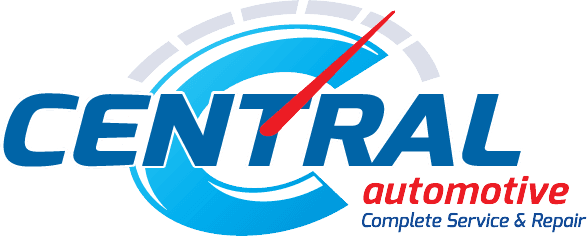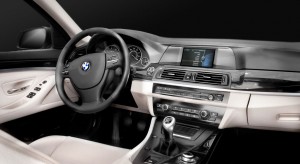The car repair industry is full of acronyms, and sometimes the professionals forget that our customers aren’t as familiar with them as we are! We thought it’d be nice to create a key so you can better understand those odd terms your auto technician is using. Some of the most common automotive acronyms are:
LOF = Lube, oil, and filter. It’s pronounced “loaf,” like a loaf of bread.
DIS = Driver information system. This is a critical system that allows the driver to monitor functions like fuel mileage, tire pressure, and service reminders. Every DIS is different, so you should consult your owner’s manual for specific messages and symbol definitions.
ABS = Anti-Lock Brake System. This is a system that prevents your tires from locking up when you’re applying maximum brake pressure so you are still able to steer the car.
TPMS = Tire pressure monitoring system. This is a system that is designed to alert you when you have a tire low on air. This is displayed in the DIS, or as a random symbol on your dashboard. I always thought that a picture of a flat tire would do the trick, but almost every make of car has different symbol for the same thing, so it’s important to have a look at your manual.
PCM = Powertrain Control Module. The PCM is the “manager” of the vehicle. It takes all of the information from every sensor and computer on the car and then makes a decision about what to do next.
Photo Credit: Rob Ellis’ via Compfight cc
TPS = Throttle position sensor. This is a sensor that tells the engine computer how much pressure your foot is putting on the gas pedal so it knows how much air and fuel is needed to get the vehicle to do what the driver is asking it to do.
EGR = Exhaust Gas Recirculating. This is one of the first automated systems put into automobiles. The EGR system was introduced in the early 70s to reduce the amount of Nitrogen Oxide (NOx) in the air. It is the granddaddy of pollution control in cars.
BCM = Body Control Module. Its purpose is to control everything inside the car, including the radio, seats, heaters, sunroof, turn signals, and all of the car’s lighting functions.
SRS = Supplemental Restraint System. This is the system that maintains the airbags and seat belts. If the SRS light is on and you are in an accident, the airbags will not deploy and the seat belts won’t work as designed.
CSS = Cooling system service. This is a term that is used when a vehicle needs to have its cooling system serviced by doing a flush and replacing the antifreeze/coolant.
Next time you’re in the shop, it might be fun to through a few of these acronyms at the service adviser to show that you know what they’re talking about. This is just a small sample of all of the acronyms that are used daily in an automotive repair shop.







